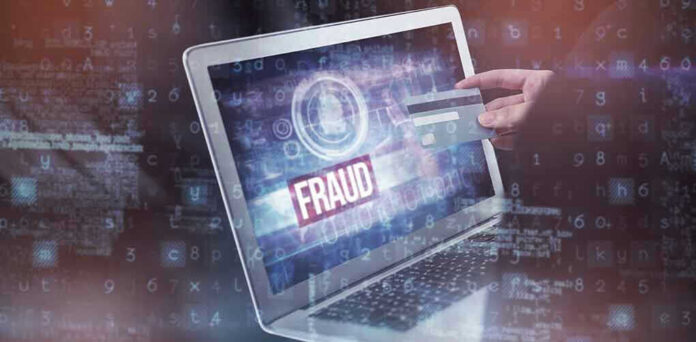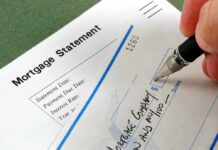
Cybercriminals now exploit your personal habits and neglected accounts to siphon off retirement savings, making your 401(k) a prime target for digital theft—and the consequences can be devastating before you know it.
Story Snapshot
- 401(k) accounts are increasingly targeted due to high balances and infrequent monitoring.
- Social engineering, not technical hacking, is the main way criminals breach these accounts.
- Recent high-profile breaches and lawsuits have prompted new security standards and regulatory scrutiny.
- Practical steps—password hygiene, MFA, and regular account monitoring—are your best defense against identity fraud.
How 401(k) Accounts Became Ground Zero for Cybercrime
Cybercriminals have shifted focus from bank accounts to your 401(k), drawn by large balances and the fact that most Americans check these accounts only a few times a year. A single successful breach can net a thief more than months of credit card fraud. The 2019–2020 hacks at Abbott Laboratories and Estee Lauder revealed just how vulnerable retirement plans were, resulting in lawsuits, settlements, and lost retirements. The attack surface expanded as employers and providers moved to digital platforms, while remote work and mobile access made these accounts even easier to target. The stage was set: high-value, low-attention accounts guarded by procedures and people rather than cutting-edge cybersecurity.
Social engineering tactics—posing as account holders, exploiting call center procedures, and leveraging personal data purchased from brokers—now dominate the threat landscape. In 2022, a retiree lost $750,000 after the Colgate-Palmolive 401(k) was hacked; by 2024, breaches at JP Morgan Chase exposed over 450,000 accounts. The late 2024 Fidelity breach used nothing more than a phone call and a few “correct” answers to security questions to drain accounts, showing that even supposed safeguards can be weak links when criminals have access to your data. Lawsuits and regulatory pressure followed, but for many victims the damage was already irreversible.
The Mechanics of Modern 401(k) Fraud
Most cyberattacks on retirement accounts do not start with sophisticated hacking tools but with a simple email, phone call, or compromised database. Data brokers sell information such as your birthdate, Social Security number, and even your last employer—details that can be weaponized for account recovery or to bypass security questions. Criminals use this data to impersonate account holders, answer authentication prompts, or convince call center reps to reset credentials. The process is shockingly effective: nearly all major breaches in recent years involved some element of social engineering, with technical vulnerabilities playing a supporting role at best.
Plan sponsors and providers, once focused on managing investments, now face legal and fiduciary responsibility for cybersecurity. The Department of Labor and IRS have issued guidance, but formal regulations lag behind the rapidly evolving tactics of criminals. Employers and third-party administrators must not only secure their own systems but also educate participants and audit service providers. The cost of failure is steep: lawsuits, regulatory penalties, lost trust, and—most painfully—retirement dreams shattered for unsuspecting savers.
How to Defend Your Nest Egg—And Why It’s Your Job, Too
Password hygiene and multi-factor authentication (MFA) are the front lines of defense. Regulators and industry experts agree: use strong, unique passwords for every financial account, enable MFA wherever offered, and never reuse credentials across sites. Regularly monitor your account—even if you don’t plan to make changes. Set up alerts for all transactions, and review statements monthly. These simple habits dramatically reduce your exposure, because most breaches depend on you not noticing suspicious activity until it’s too late.
Employers and plan sponsors increasingly require regular cybersecurity audits and participant education. Many have adopted Department of Labor guidance as standard practice, implementing periodic penetration tests, contract updates with service providers, and cyber liability insurance. But the reality is that no corporate policy can substitute for personal vigilance. Data brokers will continue to sell your information, and cybercriminals will keep finding new ways to exploit it. Regulatory reforms may help, but the fastest, most effective line of defense remains the account holder’s own habits and awareness.
The Road Ahead: Regulations, Litigation, and the Human Factor
Litigation against plan sponsors and service providers is ongoing, with courts increasingly holding them accountable for failing to prevent or rapidly remedy unauthorized access. Regulatory bodies are moving toward more prescriptive rules, but industry experts debate whether self-regulation can keep pace with criminal innovation. The Department of Labor’s guidance now serves as the de facto industry standard, but enforcement and participant adoption remain inconsistent.
The broader impact is clear: higher insurance costs, increased demand for identity protection services, and an industry-wide push toward stronger cybersecurity frameworks. For the 40-plus crowd, the lesson is immediate and personal. Retirement security is no longer just about saving and investing—it’s about guarding your digital identity with the same vigilance you’d apply to your home or wallet. The next big scam may be just a phone call away, but the right habits and a skeptical mindset can keep your nest egg—and your future—secure.












